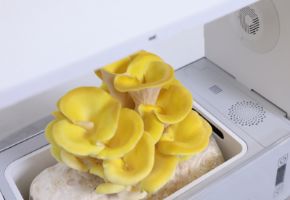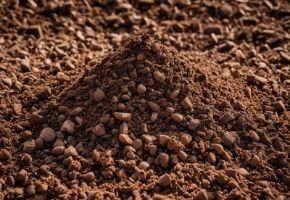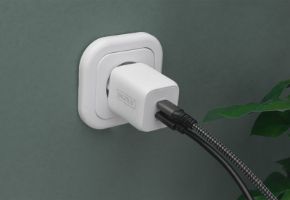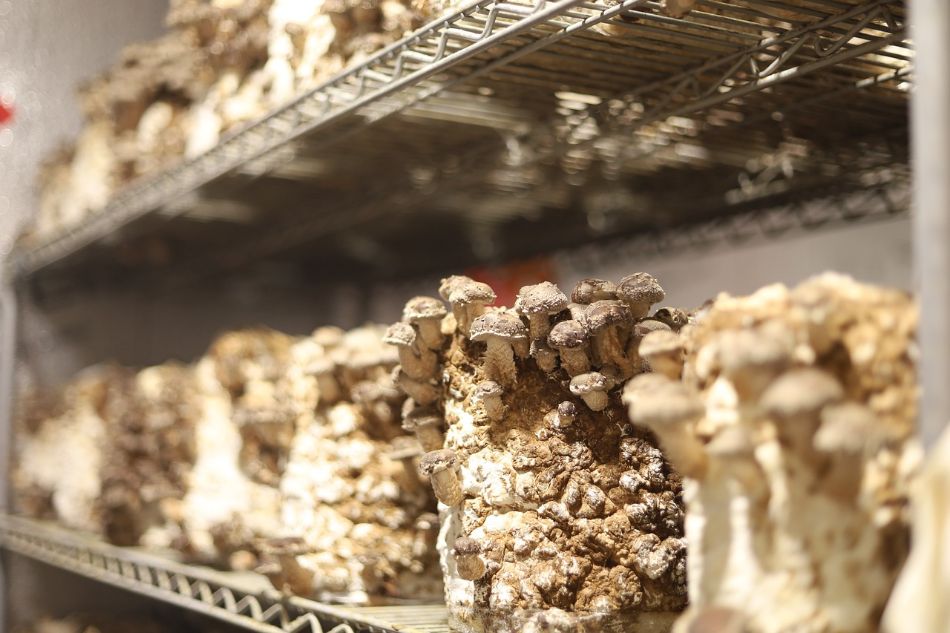The inoculation of the substrate represents one of the most delicate and crucial moments in the field of microbiology. This procedure requires not only a deep theoretical knowledge but also considerable manual skill and precision in execution. Before delving into specific methods, it is essential to understand that every single step must be carried out with the utmost attention to sterility.
The work environment and basic tools
The laboratory must be equipped with essential tools to ensure optimal working conditions:
The laminar flow hood:
This fundamental tool creates a sterile air barrier that protects the sample. It is equipped with:
- HEPA filters that remove 99.97% of particles
- LED lighting system for optimal visibility
- easily sanitizable stainless steel surfaces
- control panel to monitor air flow
The Bunsen burner:
The Bunsen burner is not just a sterilization tool but an indispensable ally that:
- creates a zone of sterility through the heat cone
- allows rapid sterilization of loops and needles
- must be strategically positioned under the hood
- requires regular maintenance of gas conduits
Instrumentation for liquid inoculation
The syringe is a fundamental tool for the inoculation of liquid mycelium, ensuring precision but requiring careful selection.
Types of syringes
- sterile disposable syringes: ideal for single inoculations, available in various volumes (from 1 ml to 50 ml)
- autoclavable glass syringes: for repeated use, require sterilization at 121°C
- syringes with integrated filter: equipped with 0.22 μm filters for additional safety
The needles:
The choice of needle is as crucial as that of the syringe:
- needles of different gauges (from 18G to 30G)
- variable lengths for different applications
- specific tips for different types of septa
- corrosion-resistant materials
Best practices
The correct choice and use of tools represent the foundation of good inoculation practice. Every laboratory should:
- maintain an updated inventory
- establish quality control procedures
- regularly train staff
- update procedures based on new technologies
Investment in quality instrumentation and their proper maintenance are essential to ensure reliable and reproducible results in inoculation procedures.
Didn't manage to successfully complete the inoculation procedure? NaturNext offers you small ready-to-use substrates!
The fungal kingdom is a universe in continuous evolution, with new scientific discoveries emerging every year about their extraordinary benefits for gut health and overall well-being. From now on, when you see a mushroom, you will no longer think only of its taste or appearance, but of all the therapeutic potential it holds in its fibers and bioactive compounds. ✉️ Stay connected - Subscribe to our newsletter to receive the latest studies on: Nature offers us extraordinary tools to take care of our health. Fungi, with their unique balance between nutrition and medicine, represent a fascinating frontier we are only beginning to explore. Continue to follow us to discover how these extraordinary organisms can transform your approach to well-being.Continue your journey into the world of fungi










